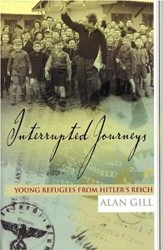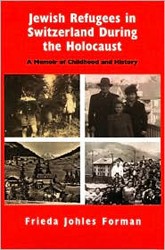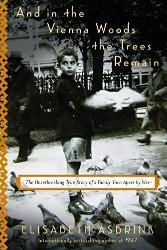Flight From the Reich is an important book that chronicles the difficult, often tortured paths the Jews took in their efforts to escape from Nazi-occupied Europe. It provides much-needed context and historical information to the oft-expressed question of why more Jews didn’t flee from the persecution and genocide that savaged their communities. Not only was there a “twisted road to Auschwitz,” but there was also a twisted road to escape with many obstacles and roadblocks. Some had to wait in painful suspense for the right moment; some had to lie and use clandestine routes; many made it out by sheer pluck, or by unexplained “luck.”
In order to tell this remarkable story with the richness and comprehensive depth it deserves, the authors, recognized and celebrated Holocaust scholars, utilize an unconventional narrative technique. Because this history has many starting points and even more end dates and because the subjects, as refugees, scattered around the world, they devised a grid to capture pivotal moments and core issues. Focusing on four turning points in a repeat pattern of people, places, documents, and challenges allowed them to emphasize the geographic reach of the migration, the governmental and organizational policies that were crucial in effecting outcomes, the centrality of individual initiative and agency, and the formidable obstacles the refugees faced. The narrative is at times fractured, but it mirrors the unpredictable lives of those they studied.
There are many important themes examined including the challenges faced by Nazism’s first victims, the German Jews; the behavior of the Swiss government and other neutral countries; the role of Palestine as a haven of refuge; the challenges of adjustment and the trauma of becoming a refugee; and the creation and operation of the displaced person camps. These and other aspects of the history of flight are grounded in solid archival research, hundreds of oral histories and newly discovered letters. This is an impressive and rich book that provides much-needed attention to Hitler’s other victims — those who managed to escape before being swept into the genocidal maelstrom.





